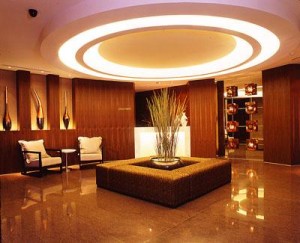Having adequate home light prior to the invention of the incandescent light bulb was a challenge. Indeed, prior to the advent of electricity, candles were often used to provide home lighting. While candles are still used today to create the type of lighting and ambiance that candle light brings to the living space, the incandescent light bulb, as created by Thomas Edison many years ago, facilitated home lighting for many, as well as created more lighting options.
Fast forward to current times, when facilitating home lighting is part of the goal, instead of the entire goal. These days, providing home lighting that is energy efficient is the goal. New energy standards that the United States Congress mandated will phase-out the traditional incandescent light bulbs during the next few years. The incandescent light bulb will be replaced with energy efficient light bulbs, such as the light emitting diode and compact fluorescent.
To illustrate the difference in energy consumption and light bulb duration, lets compare a conventional 60 watt incandescent light bulb to a high energy efficient compact fluorescent light bulb that uses 14 watts. The incandescent 60 watt light bulb provides 840 lumens and illuminates for about 1,000 hours. The high energy efficient compact fluorescent light bulb that uses 14 watts, or 46 fewer watts than the incandescent 60 watt light bulb, provides 900 lumens, and illuminates for about 10,000 hours. Thus, while the compact fluorescent uses less energy (watts), it provides more light output (lumens), while lasting about 9,000 hours longer than the incandescent light bulb.
The impact for consumers and the natural environment is clear. If fewer light bulbs need to be used because they last longer, fewer need to be disposed, which is beneficial to the natural environment. Moreover, given that the light bulbs are more energy efficient, they also tend to be more eco-friendly.
Thus, by using energy efficient light bulbs, such as the light emitting diode and compact fluorescent, energy is saved, and fewer light bulbs are disposed, while simultaneously lowering electricity bills, given the reduced energy consumption.
© 2009 Clearhomelighting.com. All Rights Reserved Worldwide.

















